 Tel/WhatsApp
Tel/WhatsApp
Scaling Up Thai Tapioca Starch Production: High-Capacity, Automated Processing Lines
Thailand stands as a global powerhouse in tapioca starch production, feeding international markets with this versatile ingredient used in food, paper, textiles, and biofuels. As demand grows, traditional methods fall short. Enter the high-capacity, fully automated cassava starch processing line enables Thai producers to compete globally. Here Henan Jinrui will introduce you the automation in cassava starch production in details.
1. The Automated Tapioca Starch Line: A Stage-by-Stage Breakdown
Modern tapioca starch plants in Thailand operate like precision-engineered ecosystems. Each stage integrates specialized machinery, eliminating bottlenecks while maximizing yield and purity.
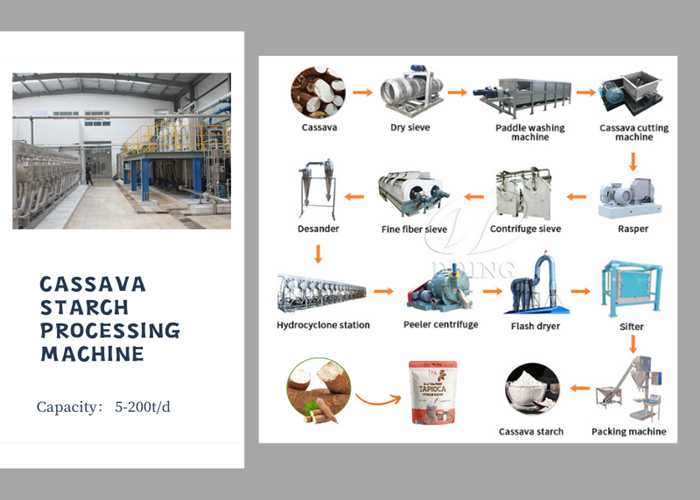 tapioca starch production line
tapioca starch production line
- Cleaning Section: Eliminating Contaminants at Scale
The process starts with rigorous cassava cleaning. Dry sieving machines remove coarse impurities like stones and soil, while high-volume paddle washing machines use counter-current flow principles to scrub cassava tubers thoroughly without damage. This stage is critical — any residual soil compromises starch purity and downstream equipment integrity.
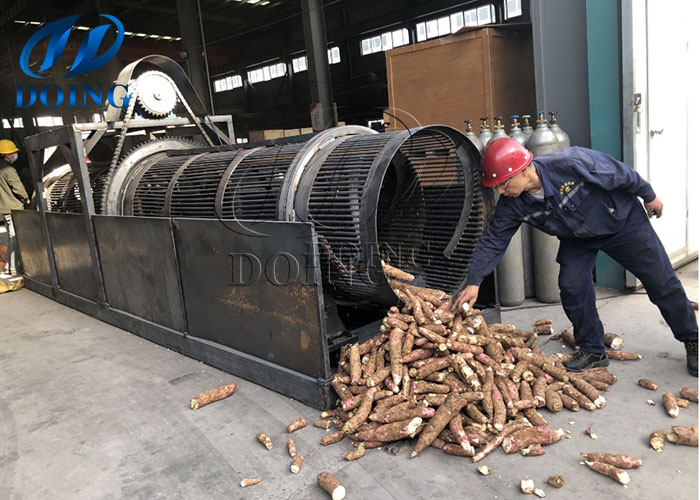 cassava dry sieve
cassava dry sieve
- Processing Section: Maximizing Starch Liberation
For large-scale operations (20–40 tons/hour feed capacity),cassava rasping machines (not basic cutters) dominate. These high-speed, multi-tooth grinders pulverize roots into a fine slurry, rupturing cell walls to release cassava starch granules efficiently.
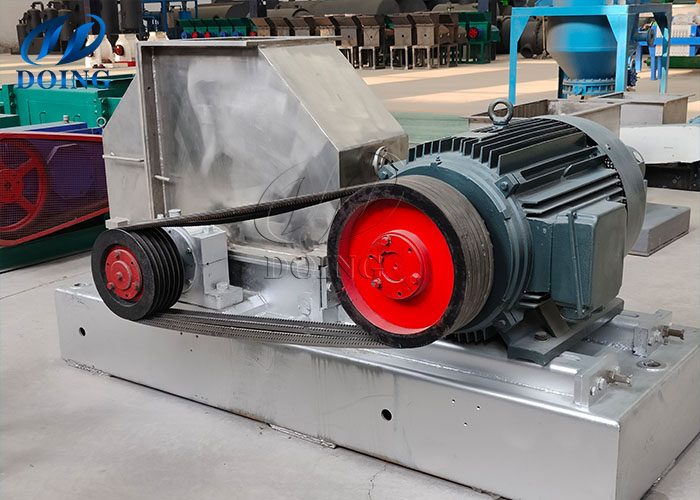 cassava rasper
cassava rasper
- Separating Section: Precision Fiber Removal
Cassava starch slurry then enters a multi-stage separation cascade:
- 4–5 stage centrifugal sieving machines: Remove coarse fibers progressively through rotating screens.
-Fine fiber removing machines: Employ micro-screening or hydrocyclones to eliminate particles down to microns.
This layered extraction ensures minimal tapioca starch loss and high purity.
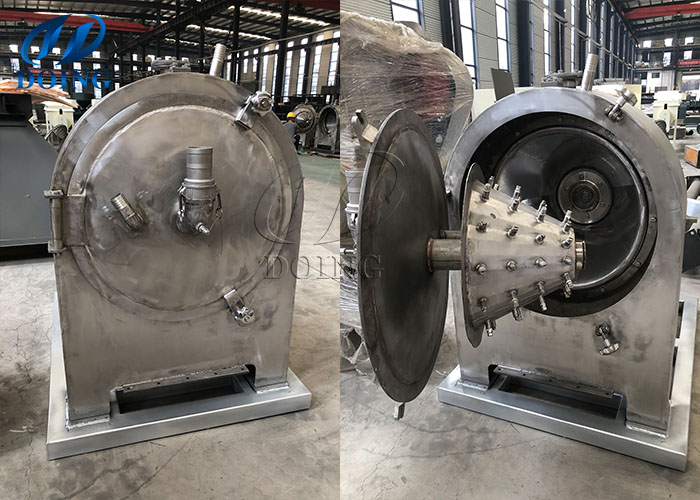 centrifuge sieve
centrifuge sieve
- Refining Section: Ultra-Pure Starch Concentration
The heart of quality control lies in the 18-stage hydrocyclone station. Using centrifugal force and density differences, this cascade removes soluble proteins, microbes, and fine impurities. Each stage increases concentration — delivering tapioca starch milk at 98–99% purity, meeting export-grade standards.
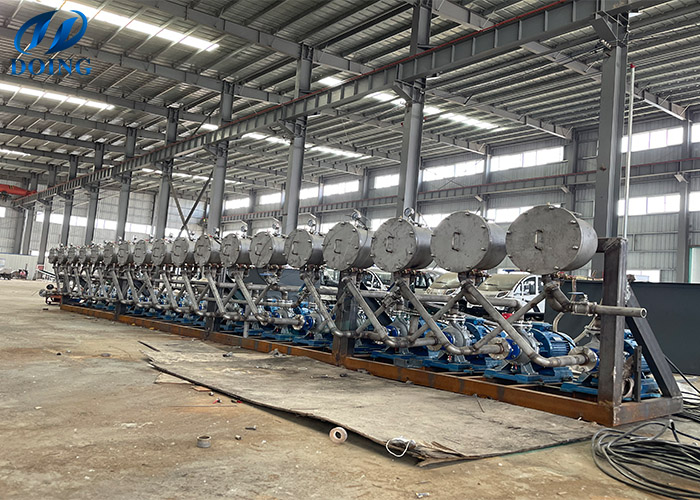 hydrocyclone station
hydrocyclone station
- Dewatering & Drying: Speed Meets Preservation
- Peeler centrifuges: Spin tapioca starch slurry at high G-force, reducing moisture to 40% in minutes.
- Flash drying systems: Blast wet cassava starch with hot air (seconds-long exposure), lowering moisture to 12–14% without gelatinization. This rapid drying preserves native starch structure and functionality.
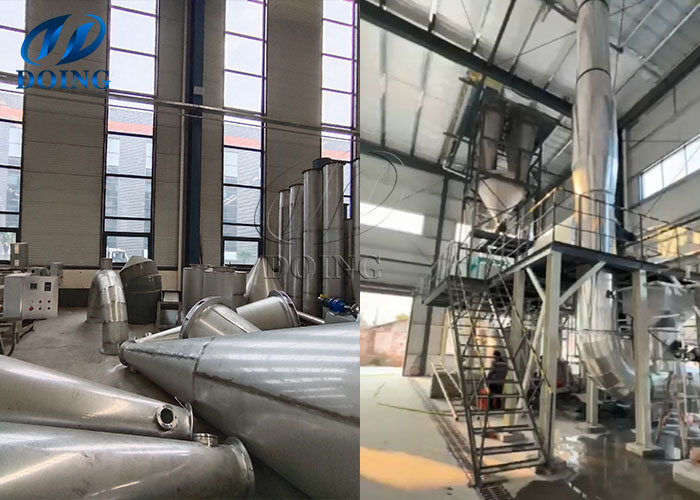 flash dryer
flash dryer
2. Why Automation is Non-Negotiable for Scale Tapioca Starch Production?
For Thai cassava starch producers supplying global markets, automation isn’t a luxury — it’s strategic. Three pillars define its value:
- Unmatched Processing Speed
From tuber intake to dried starch, automated cassava starch processing lines complete the journey in under 30 minutes. Contrast this with hours (or days) in semi-mechanized setups. This velocity reduces fermentation risk and enables just-in-time production for volatile markets.
- Built for Southeast Asia’s Massive Volumes
Thailand’s industry thrives on economies of scale. Plants processing 20–40 tons of fresh roots per hour are common. Manual or low-automation systems simply cannot handle this sustainably:
- Continuous flow design avoids downtime.
- Synchronized machinery maintains throughput without bottlenecks.
- This capacity is essential to meet daily export contracts reliably — a key competitive edge for Thai exporters.
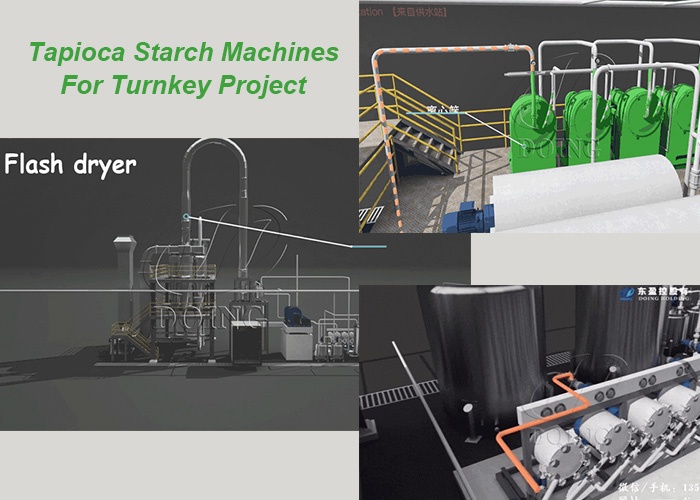 tapioca starch turnkey project
tapioca starch turnkey project
- Unwavering Quality Consistency
Automation eliminates human variability. Every critical parameter — rasping fineness, cyclone pressure, drying temperature — is sensor-controlled. Results include:
- Uniform tapioca starch granule size (no lumps or coarse particles).
- Optimized functional properties (viscosity, solubility).
- Microbial safety (through rapid processing and closed systems).
3. Economic & Operational Impact: The Automation Dividend
Labor & Cost Efficiency: Though capital-intensive, automated tapioca starch production slashes long-term OPEX.
- Yield Optimization: Advanced extraction (e.g., 18-stage cyclones) pushes starch recovery to >95%, minimizing waste.
- Market Responsiveness: Fast processing allows rapid shifts between specialty starches (e.g., native vs. modified) to capture premium markets.
Thailand ranks the top 5 exporter of tapioca starch, whose scale starch production with automated cassava starch production lines will definitely earn more profits as well as boosting local economy. Henan Jinrui is a professional provider of cassava processing machinery for cassava starch and chips, able to offer customized plans for small and large enterprises. If you wanna seek for profit in this area, we are glad to share you with some info!
-
 What is the capacity of cassava slicer manufactured by Henan Jinrui?
What is the capacity of cassava slicer manufactured by Henan Jinrui?
-
 How Much is the Cassava Agro Processing Machine Used for Cassava Flour Production?
How Much is the Cassava Agro Processing Machine Used for Cassava Flour Production?
-
 Which state in Nigeria produce the most cassava?
Which state in Nigeria produce the most cassava?
-
 Ghana kokonte flour processing facility layout and prices
Ghana kokonte flour processing facility layout and prices
-
 Boost Cassava Starch Yield and Purity with Innovative Processing Technologies
Boost Cassava Starch Yield and Purity with Innovative Processing Technologies
-
 Unlocking Nigeria's Potential: Starting a Lucrative Cassava Starch Business
Unlocking Nigeria's Potential: Starting a Lucrative Cassava Starch Business
-
 5 Must-Know Features Before Buying a Modern Cassava Starch Machine
5 Must-Know Features Before Buying a Modern Cassava Starch Machine
-
 Advantages of Modern Garri Processing Equipment Over Traditional Methods
Advantages of Modern Garri Processing Equipment Over Traditional Methods
-
 How does the manioc flour flash dryer reduce energy consumption?
How does the manioc flour flash dryer reduce energy consumption?
-
 What Kind of Engineering Service Can Henan Jinrui Offer in Garri Processing Project?
What Kind of Engineering Service Can Henan Jinrui Offer in Garri Processing Project?
-
 Henan Jinrui Delivers Custom 1TPD Garri & Attieke Making Equipment to Benin
Henan Jinrui Delivers Custom 1TPD Garri & Attieke Making Equipment to Benin
-
 Henan Jinrui Secures Order from Benin for 1-Ton Daily Garri and Attieke Processing Machines
Henan Jinrui Secures Order from Benin for 1-Ton Daily Garri and Attieke Processing Machines
-
 Henan Jinrui Signed Contract to Supply Small Scale Cassava Flour Production Line to Haitian Client
Henan Jinrui Signed Contract to Supply Small Scale Cassava Flour Production Line to Haitian Client
-
 Garri Processing Equipment: A Deep Dive into Production Costs and Profitability
Garri Processing Equipment: A Deep Dive into Production Costs and Profitability
-
 Doing Factory Ships High-Quality Garri Processing Equipment to Nigeria
Doing Factory Ships High-Quality Garri Processing Equipment to Nigeria
CONTACT US
DOING company offers cassava processing machine from single machine to the complete production line. If you want to get more details about cassava processing machine, please contact us:
- Do you want to buy machine?
- Yes, I want to buy machine
- No, I want to learn more in advance.
- What is your raw material?
- Cassava
- Potato
- Sweet potato
- Others
- 2. What is the final product you want to produce?
- Garri
- Cassava flour
- Cassava starch
- Cassava chips
- Attiekie
- Bammy
- Others
- 3.What is your capacity plan?
- Small scale garri machine
- 1ton per day
- 2tons per day
- 3tons per day
- 10tons per day
- 20tons per day
- Others
- 3.What is your capacity plan?
- Small scale
- 5tons per day
- 10tons per day
- 20tons per day
- 50tons per day
- 100tons per day
- Others
- 3.What is your capacity plan?
- Small scale
- 5tons per day
- 10tons per day
- 20tons per day
- 50tons per day
- 100tons per day
- 200tons per day
- 300tons per day
- Others
- 3.What is your capacity plan?
- Small scale
- Middle type
- Large scale
- What is your capacity plan?
- Small scale
- 5tons per day
- 10tons per day
- 20tons per day
- 50tons per day
- 100tons per day
- 200tons per day
- 300tons per day
- Others








